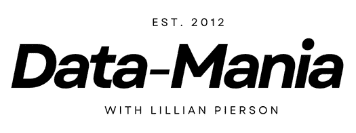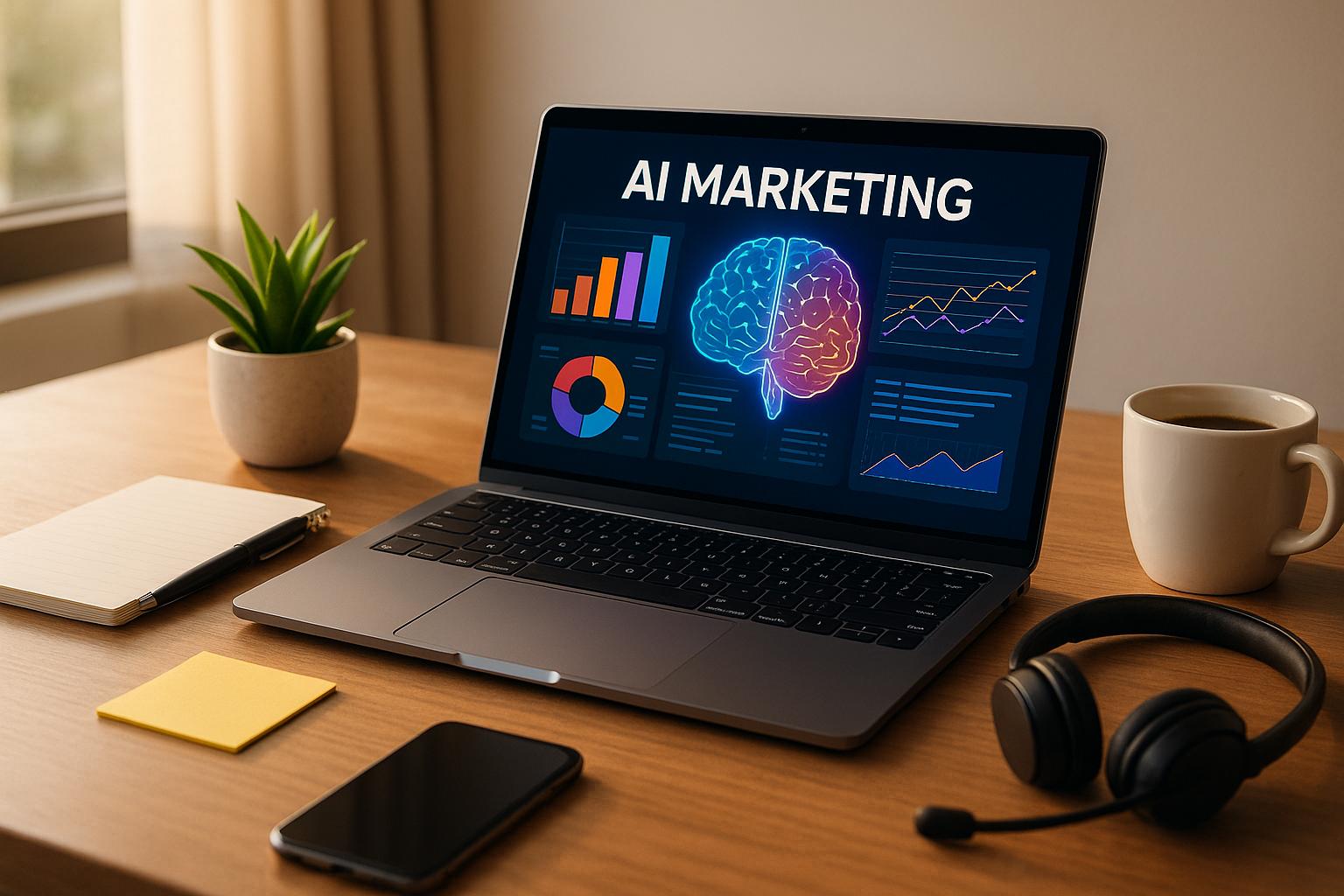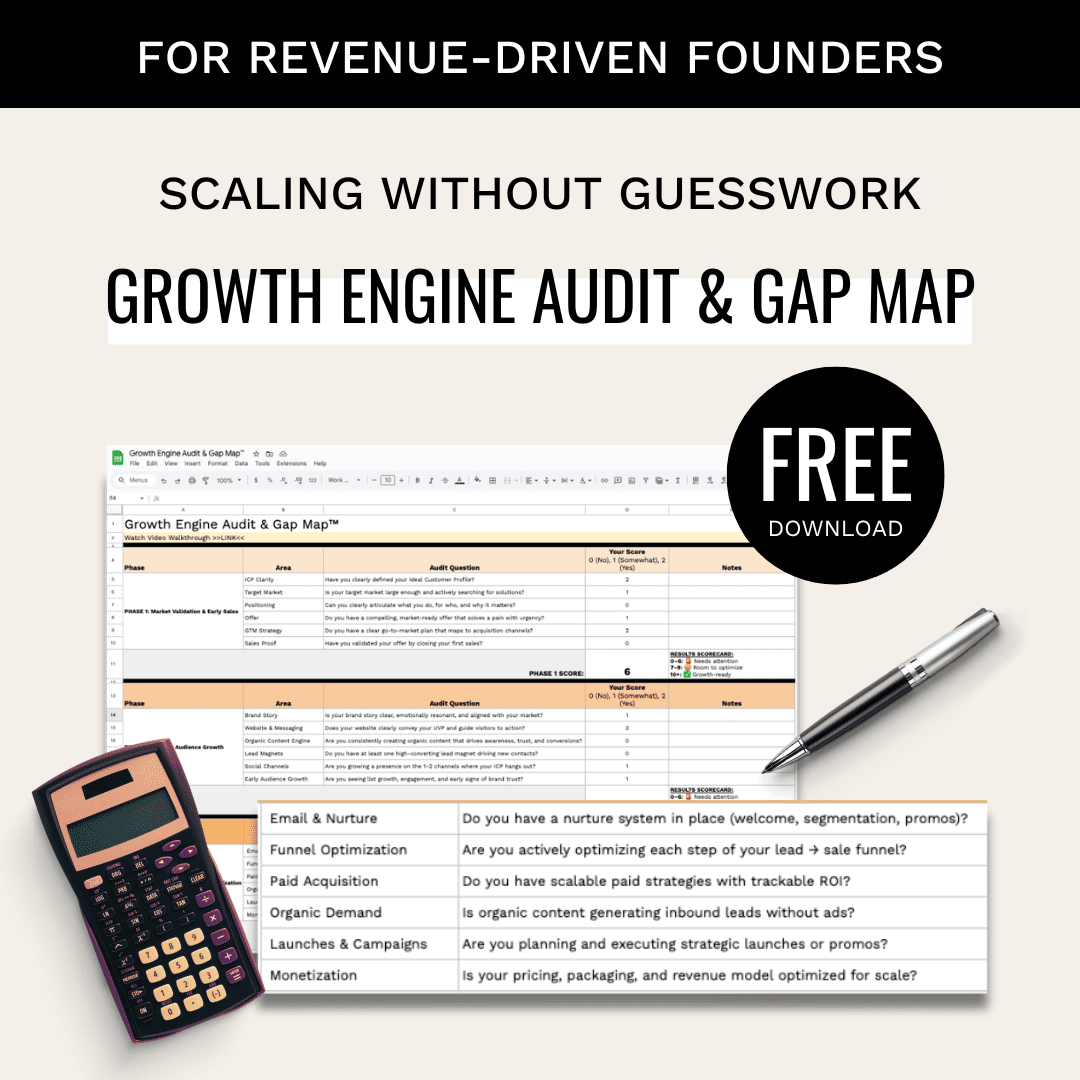Marketing for startups often feels scattered and overwhelming. But an AI-powered system can simplify and improve your efforts without requiring a huge budget or technical team. Here’s how you can build a streamlined marketing system using seven affordable tools:
- Centralized Data Hub: Organize customer data in one place for better insights.
- AI Lead Scoring: Prioritize leads based on their likelihood to convert.
- Email Automation: Save time with personalized, automated email campaigns.
- AI Content Creation: Quickly generate drafts for blogs, emails, and social media.
- Analytics Dashboards: Track performance and refine strategies with clear metrics.
- Workflow Automation: Connect tools to eliminate repetitive tasks.
- Website Personalization: Tailor website content to each visitor for better engagement.
Start small by focusing on lead scoring and email automation, then expand gradually. With the right tools and approach, you can create a scalable system that drives growth and saves time.
I Built a Marketing Team with 1 AI Agent and No Code (free n8n template)
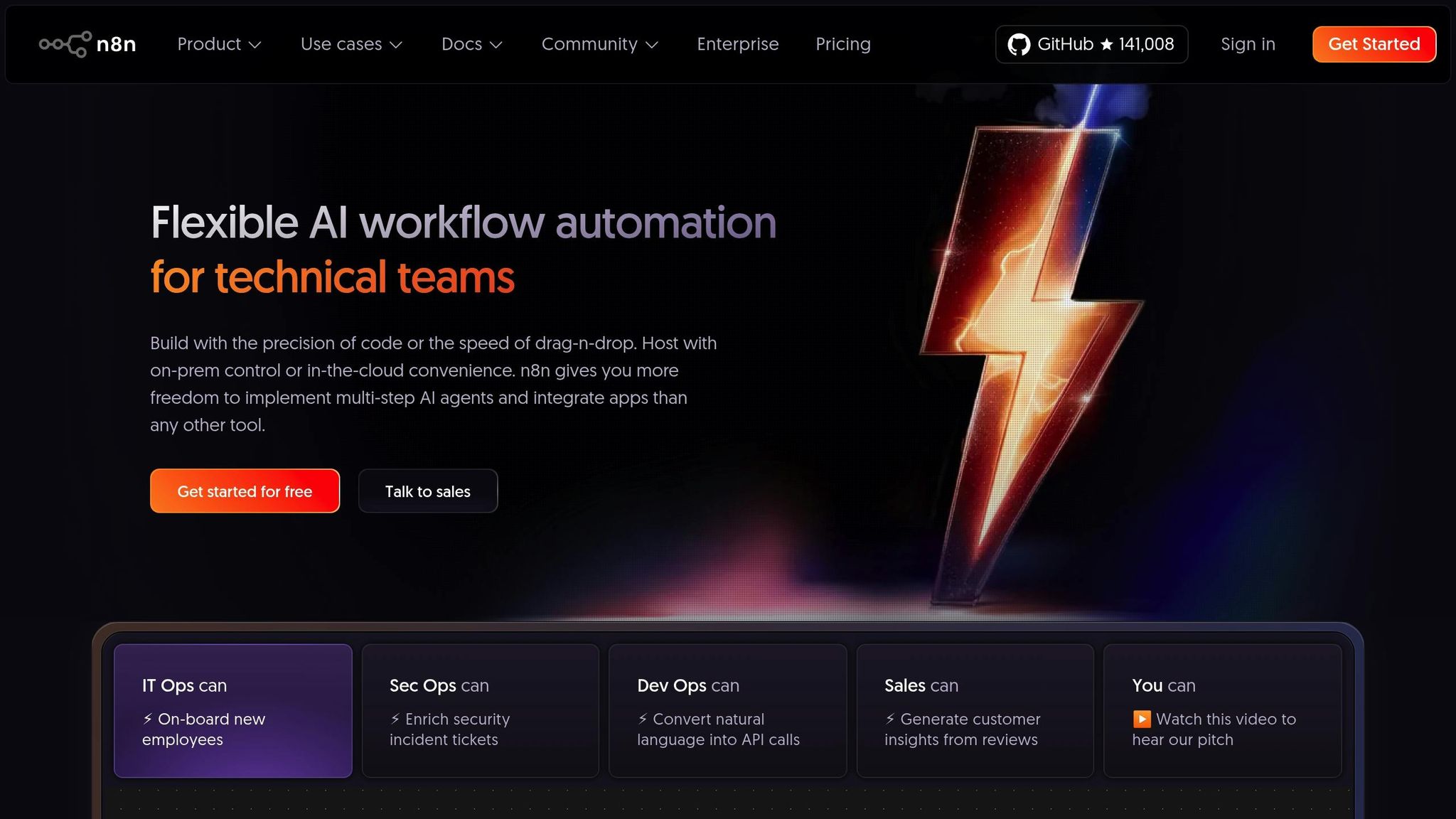
What Is an AI Marketing System?
An AI marketing system brings together tools, data, and automation to make your marketing smarter and more predictable. It’s not just about using individual apps but ensuring they work together seamlessly to achieve larger, strategic goals.
Some founders mistakenly think that using AI for isolated tasks – like employing ChatGPT for content creation – equals having a full AI marketing system. However, a truly effective system integrates data, automation, and intelligence, allowing your marketing to learn, evolve, and scale over time.
The real strength of an AI marketing system lies in how these components interact. For instance, customer data feeds into AI-driven segmentation tools that trigger personalized interactions. Meanwhile, analytics dashboards monitor performance and offer insights, creating a feedback loop that continuously refines your marketing strategies. The result? More precise targeting and better results with every campaign.
Let’s take a closer look at the core elements of an AI marketing system and address some common myths.
Core Components of AI Marketing Systems
At its heart, an AI marketing system connects three key elements: data, automation, and intelligence. Here’s how they work together:
- Data: Sources like your CRM, website analytics, and email engagement metrics provide the foundation for actionable insights.
- Automation: Handles repetitive tasks – think follow-up emails or lead scoring – saving time and ensuring consistency.
- Intelligence: Analyzes patterns to segment audiences, predict conversions, and personalize messages at scale.
When combined, these elements enable startups to segment audiences automatically, focus on high-value leads, trigger communications based on user behavior, and fine-tune campaigns over time. This integrated approach turns scattered marketing efforts into a unified, data-driven growth strategy.
A Duke University study found that startups using AI marketing tools experienced a 6.2% boost in sales, a 7% increase in customer satisfaction, and a 7.2% decrease in marketing costs.
Common Misconceptions About AI Marketing
A common mistake is thinking AI marketing is just about using tools like ChatGPT for content creation. While these tools are helpful, their true potential emerges when combined with other capabilities. For example, pairing AI content creation with automated workflows and lead scoring amplifies their impact.
Another myth is that AI marketing is only for large enterprises with deep pockets. In reality, more than 90% of businesses use some form of AI, and entry-level tools are available for as little as $8–$15 per month.
One of the biggest errors is relying on disconnected tools, expecting them to deliver scalable results. For instance, if a startup uses ChatGPT solely to draft emails, it misses out on personalized, trigger-based automation. On the other hand, integrating tools like a CRM, AI-driven lead scoring, and automated nurturing emails creates a cohesive, adaptive marketing system.
This integration is what sets the stage for the next section, where we’ll explore affordable tools that help startups move from disjointed efforts to building a predictable, scalable growth engine.
7 Building Blocks Every Startup Can Afford
Creating an effective AI marketing system doesn’t have to break the bank. By strategically combining affordable tools, startups can build a system that’s both efficient and scalable. Each piece plays a specific role, but together they form a cohesive structure that helps your marketing efforts grow. Here’s a closer look at these essential building blocks.
Customer Data Hub
Think of your customer data hub as the heart of your AI marketing system. It’s where all your customer information comes together, making it accessible across your tools. Without this central hub, your marketing efforts can feel scattered and disconnected. Start small with an affordable CRM or even a spreadsheet-based system. Pair it with automation tools to sync data between platforms. Begin by collecting basic details like contact information, engagement history, and purchase records. Over time, you can expand to include things like behavioral tracking and predictions to better understand your customers.
AI Lead Scoring and Segmentation
Once your data is centralized, AI lead scoring helps you identify which leads are worth your time. It takes the guesswork out of prioritizing prospects by analyzing contact details, company info, and behavioral patterns. Instead of treating all leads the same, you can focus on the ones most likely to convert. Many platforms offer built-in AI tools for lead scoring, or you can create custom solutions. By combining demographic data (like job title or industry) with behavioral cues (like website visits or email clicks), you can pinpoint not just who might buy, but also when they’re ready to make a decision.
Email Automation and Nurture Sequences
Automated email campaigns are a workhorse for startups, handling the repetitive tasks of lead nurturing. With tools that offer visual automation builders and behavioral triggers, you can ensure prospects get timely and relevant messages. For example, you might start with a welcome series introducing your brand, followed by educational content tailored to their interests. Add in case studies or success stories, and finish with periodic check-ins to keep them engaged – without coming across as pushy. This approach keeps your leads warm and informed, moving them closer to conversion.
AI Content Creation Tools
AI-powered content tools can speed up the process of creating marketing materials while keeping them consistent. These tools can help draft everything from blog posts and email copy to social media updates and ad creatives. They’re especially useful for generating ideas and first drafts, which you can then refine to match your brand’s tone and strategy. Many tools also offer SEO suggestions, helping you create content that’s optimized for search engines while staying relevant to your audience.
Analytics and Performance Dashboards
To make informed decisions, you need to know what’s working – and what’s not. Performance dashboards turn raw data into clear insights, showing you trends in website activity, conversions, and engagement. Many free or low-cost platforms can track key metrics, giving you a mix of high-level overviews and in-depth analysis. By combining data like event tracking and funnel performance, you can monitor both short-term engagement and long-term results, such as revenue. This lets you adjust your strategies quickly and effectively.
Workflow Automation Tools
Workflow automation tools are like the glue that holds your system together. They connect your marketing apps, reducing manual work and ensuring seamless data flow. For example, these tools can link your CRM with email platforms and analytics dashboards, automating tasks like lead routing, data syncing, and follow-up reminders. Whether you go for a user-friendly cloud solution or a more flexible open-source option, the goal is the same: save time on repetitive tasks so you can focus on bigger-picture strategies.
Website Personalization Tools
Personalizing your website can make a huge difference in how visitors interact with your brand. These tools adapt your site’s content based on visitor behavior, preferences, or demographics, offering a more tailored experience. Even small changes – like tweaking headlines or showcasing targeted case studies – can have a noticeable impact on conversion rates. Start by personalizing high-traffic areas like your homepage or pricing page, then expand to other sections as you gather more data and refine your approach.
sbb-itb-e8c8399
How to Build Your AI Marketing System
Creating an AI marketing system involves strategically aligning its components. The process follows a clear flow: data collection, analysis, automated actions, and feedback. Each step builds on the last, creating a system that continuously improves.
System Architecture Basics
At its core, an AI marketing system works like this: data is collected, analyzed, used to trigger actions, delivered to customers, and then looped back as feedback for ongoing improvement. This feedback loop is the engine that drives better results over time.
Everything starts with data collection. Every interaction – whether it’s a website visit, an email click, or a form submission – feeds into your customer data hub. From there, the data moves to the AI analysis layer, where tools like lead scoring algorithms and segmentation software identify trends, rank prospects, and prioritize opportunities.
Next is the automation layer, where AI insights translate into actionable steps. For instance, when a lead reaches a certain score, they can automatically be added to a targeted email campaign. These automated touchpoints ensure personalized engagement through emails, tailored website experiences, and other customer-facing channels.
Finally, the system’s measurement tools track performance and feed results back into the cycle. Dashboards highlight which campaigns are yielding the best results, while analytics tools uncover patterns in customer behavior that refine future AI predictions.
What’s great about this setup is its modular design – each component can function independently but also contributes to the larger system. This flexibility makes it easier to build and scale your AI marketing framework.
Implementation Strategy
To bring this system to life, take an incremental approach, focusing on high-impact areas first. Start small, with two or three components, and expand as you see results and grow more comfortable with the system.
A good starting point is lead scoring and email automation. These tools immediately help you identify your most promising leads and nurture them automatically, freeing up time for other priorities. Once these are running smoothly, consider adding a centralized customer data hub to enhance data quality and streamline analytics.
Here’s a suggested rollout plan:
- Begin with lead scoring and email automation for quick wins.
- Add tools for content creation and performance dashboards.
- Finally, integrate workflow automation and website personalization for a seamless customer experience.
Plan your implementation over 6-12 months instead of trying to do everything at once. This phased approach allows you to thoroughly learn each tool, integrate it properly with your existing systems, and measure results before moving on to the next step.
Integration Best Practices
To ensure your system runs smoothly, focus on tools that work well together. Before committing to any platform, check its integration capabilities and API documentation. Choosing tools with native integrations or strong third-party support will save you time and help avoid data silos.
Standardize your data formats across all tools. Whether it’s contact details, company names, or lead sources, consistent formatting is key to avoiding integration issues and ensuring accurate AI predictions.
Test your data flow regularly. Create a sample lead and follow its journey through your system – from your website form to your CRM, through the lead scoring tool, into your email automation, and finally to your analytics dashboard. This kind of testing helps you catch and fix gaps before they affect real prospects.
Set up alerts for critical integration points to flag data transfer failures or unusual patterns early. These warnings allow you to address issues before they impact your campaigns.
Document your system architecture as you build it. A simple diagram showing how your tools connect and what data flows between them can be incredibly helpful for troubleshooting, training team members, or planning upgrades.
Lastly, choose scalable tools to avoid expensive migrations down the line. Look for platforms with advanced features that you can grow into as your needs evolve. This foresight will save you time and money in the long run.
Getting Started with Your AI Marketing System
Building your first AI marketing system doesn’t have to break the bank or require a massive team. By focusing on seven key components, you can turn scattered marketing efforts into a structured, scalable system that grows with your business.
Summary of the 7 Building Blocks
An effective AI marketing system is built around seven interconnected elements designed to automate and refine your marketing efforts. These include a centralized data hub, AI-driven segmentation, automated emails, dynamic content tools, performance dashboards, workflow automation, and website personalization. Each piece tackles specific marketing challenges, but together, they create a system that learns and improves over time. The modular setup means you can start small – implementing just a few tools – and expand as you begin to see results.
First Steps to Take Today
To get started, focus on lead scoring and email automation. These two tools are quick to set up and provide immediate benefits. Lead scoring automatically highlights your most promising prospects, while email automation ensures consistent follow-ups, saving you hours of manual work.
Once you’ve established these, consider adding a centralized customer data hub. While integrating this tool takes some effort upfront, it eliminates data silos and improves the accuracy of your AI-driven insights. This step ensures your analytics are reliable and actionable.
Adopt a phased rollout strategy for your system. Start with small pilot projects to test each tool, measure its impact, and make adjustments before expanding. This approach minimizes risk and maximizes learning, enabling you to scale confidently.
Additionally, prioritize integration-ready tools. Platforms with strong APIs and native integrations help maintain seamless data flow across your system. Regularly test your setup by tracking a sample lead from their first interaction to conversion, ensuring everything works smoothly.
Once the basics are in place, expert advice can help you refine and scale your system for even better results.
Get Expert Help with Data-Mania
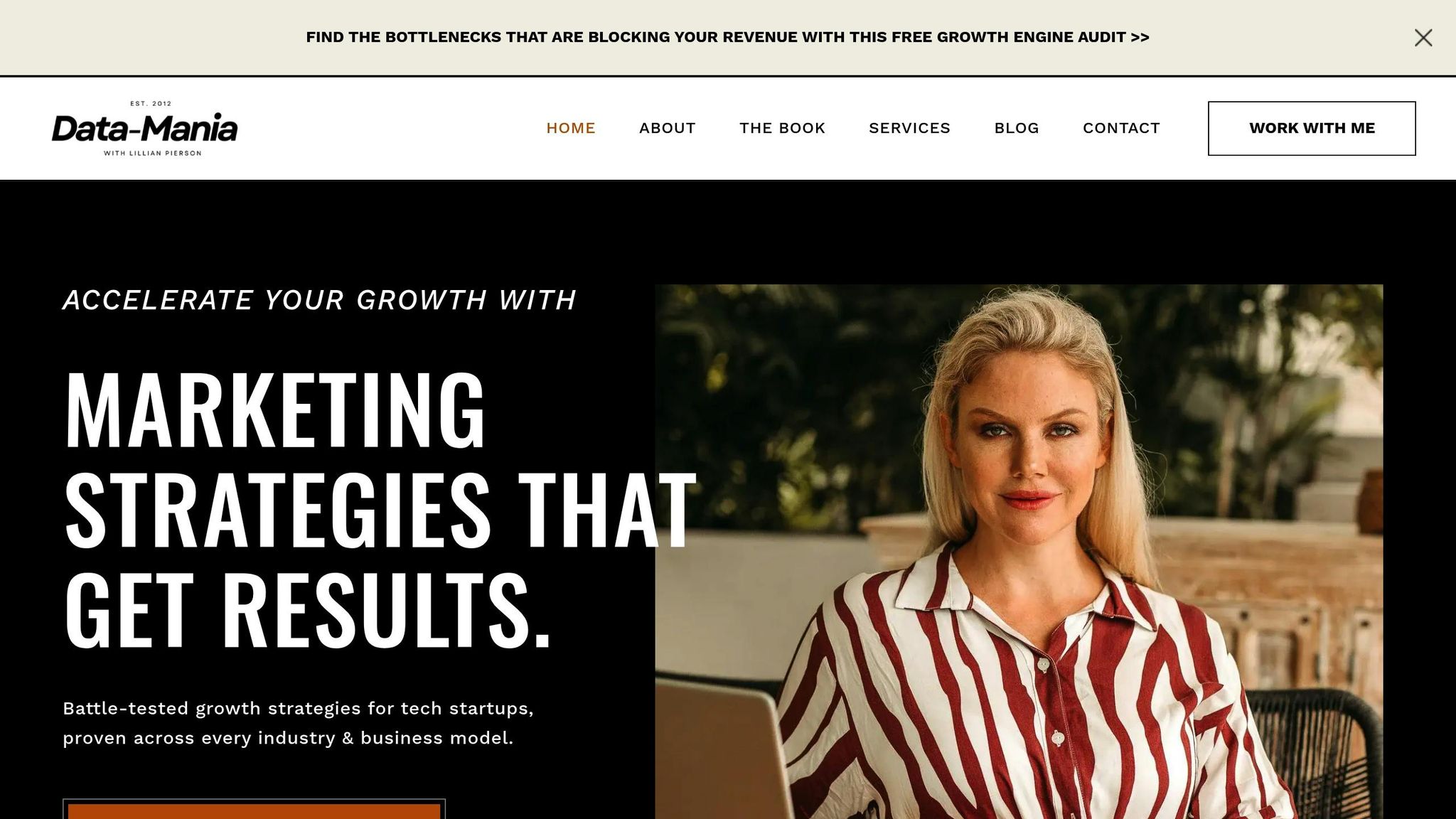
While these tools are designed to be accessible, expert guidance can make a big difference in your progress. Data-Mania offers fractional CMO services tailored for startups, helping you build and optimize your AI marketing system without committing to a full-time CMO.
Lillian Pierson, the founder of Data-Mania, combines engineering and marketing expertise to guide startups through the complexities of AI systems. Whether it’s selecting the right tools, designing system architecture, or hands-on implementation, Data-Mania’s services are customized for AI startups, data platforms, and tech companies.
If you’re ready to leave behind disorganized marketing efforts and create a reliable growth engine, Data-Mania’s Power Hour sessions provide targeted, actionable advice for immediate challenges. For ongoing support, their fractional CMO services offer strategic leadership to ensure your system delivers measurable results.
Schedule a consultation to explore how Data-Mania can help you build a roadmap for success. With expert support, you can skip the guesswork and start seeing results sooner.
FAQs
How can startups ensure their AI marketing tools work together seamlessly and avoid data silos?
To keep your AI marketing tools running smoothly and avoid the hassle of data silos, start by setting up a centralized data hub. This hub should pull together customer data from all your sources, like your CRM, email platform, and analytics tools. If you’re just starting out, even a simple setup – like combining a basic CRM with a spreadsheet – can do the trick.
Next, consider using workflow automation tools such as Zapier, Make, or n8n. These tools can connect your systems, enabling real-time data sharing and updates. This means no more tedious manual data transfers, as everything stays in sync automatically. To keep things organized as you grow, establish solid data governance practices – like using standardized formats and consistent naming conventions. These steps help ensure your data remains clean and easy to manage.
By prioritizing integration and consistency, you can build a streamlined AI marketing system that scales effortlessly with your business.
What challenges might startups face when adopting AI marketing tools, and how can they address them?
Startups often encounter hurdles like data privacy concerns, limited technical know-how, and integration headaches when diving into AI marketing tools. For smaller teams, these obstacles can make the whole process feel daunting.
To tackle these challenges, focus on implementing strong cybersecurity measures to safeguard customer information. If your team lacks expertise, consider investing in training sessions or bringing in freelance AI specialists to bridge the knowledge gap. Instead of diving in all at once, take a step-by-step approach by adding tools gradually. This lets you test compatibility with your current systems and keeps disruption to a minimum. Over time, you can expand your AI marketing efforts as your business grows.
What makes AI lead scoring different from traditional methods, and how can it benefit startups?
AI lead scoring takes a different approach compared to traditional methods. It leverages machine learning to sift through massive datasets, recognize patterns, and continuously refine lead scores. On the other hand, traditional lead scoring relies on fixed, manually defined rules and fewer data points, which can make it less accurate and harder to adjust.
For startups, AI lead scoring brings several advantages to the table. It offers greater accuracy in pinpointing high-potential leads, boosts conversion rates, and cuts down on manual work. Plus, it scales seamlessly as your business expands, making it a smart choice for startups aiming to create a more efficient and data-driven marketing system.
Related Blog Posts
- Marketing Tech Stack Checklist for Early-Stage Startups
- 5 Ways AI Can Optimize Marketing ROI for your Tech Startup
- Checklist for Choosing AI Marketing Budget Tools
- Is AI for Marketing Overhyped? What Startups Really Need to Know
